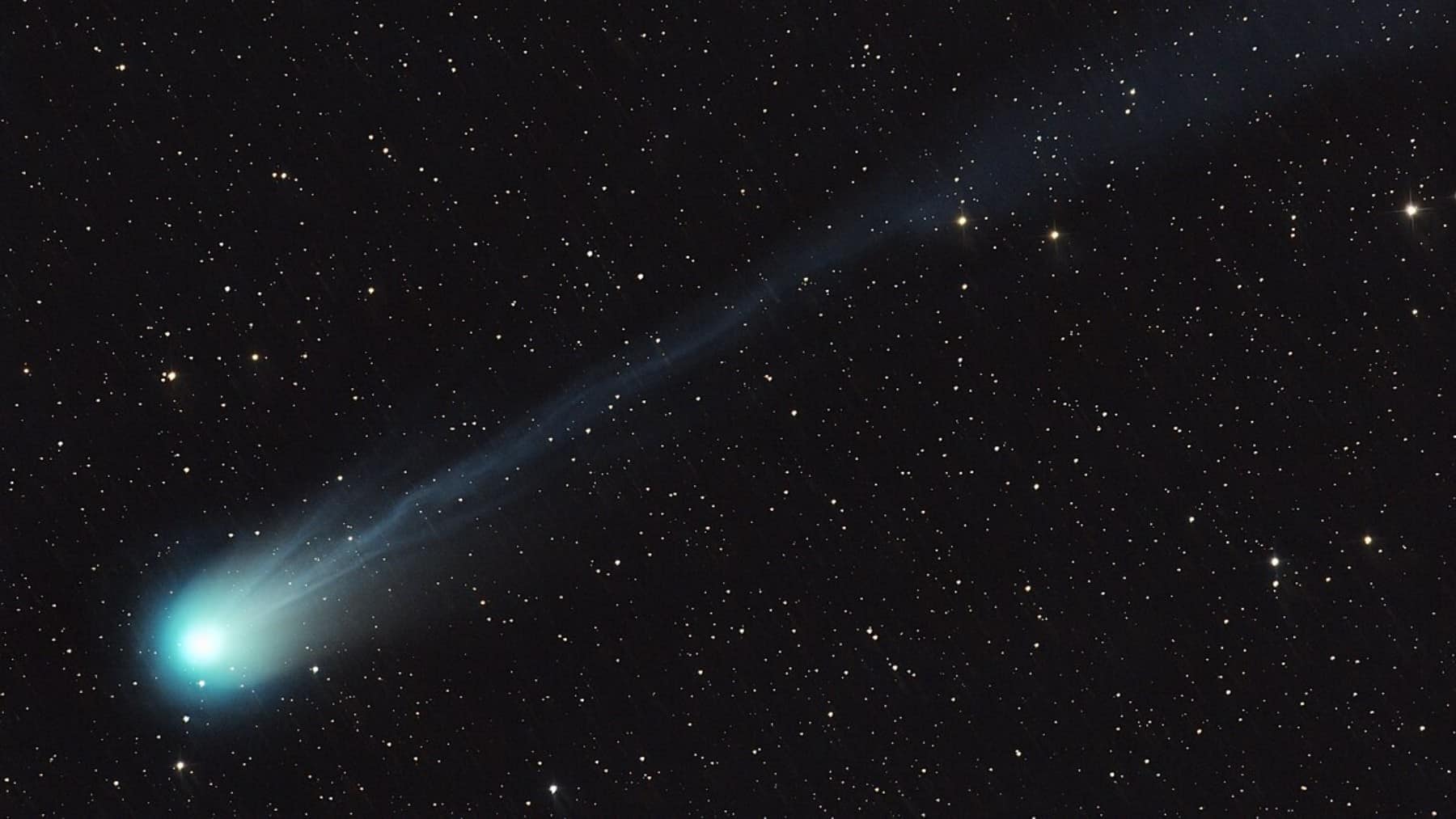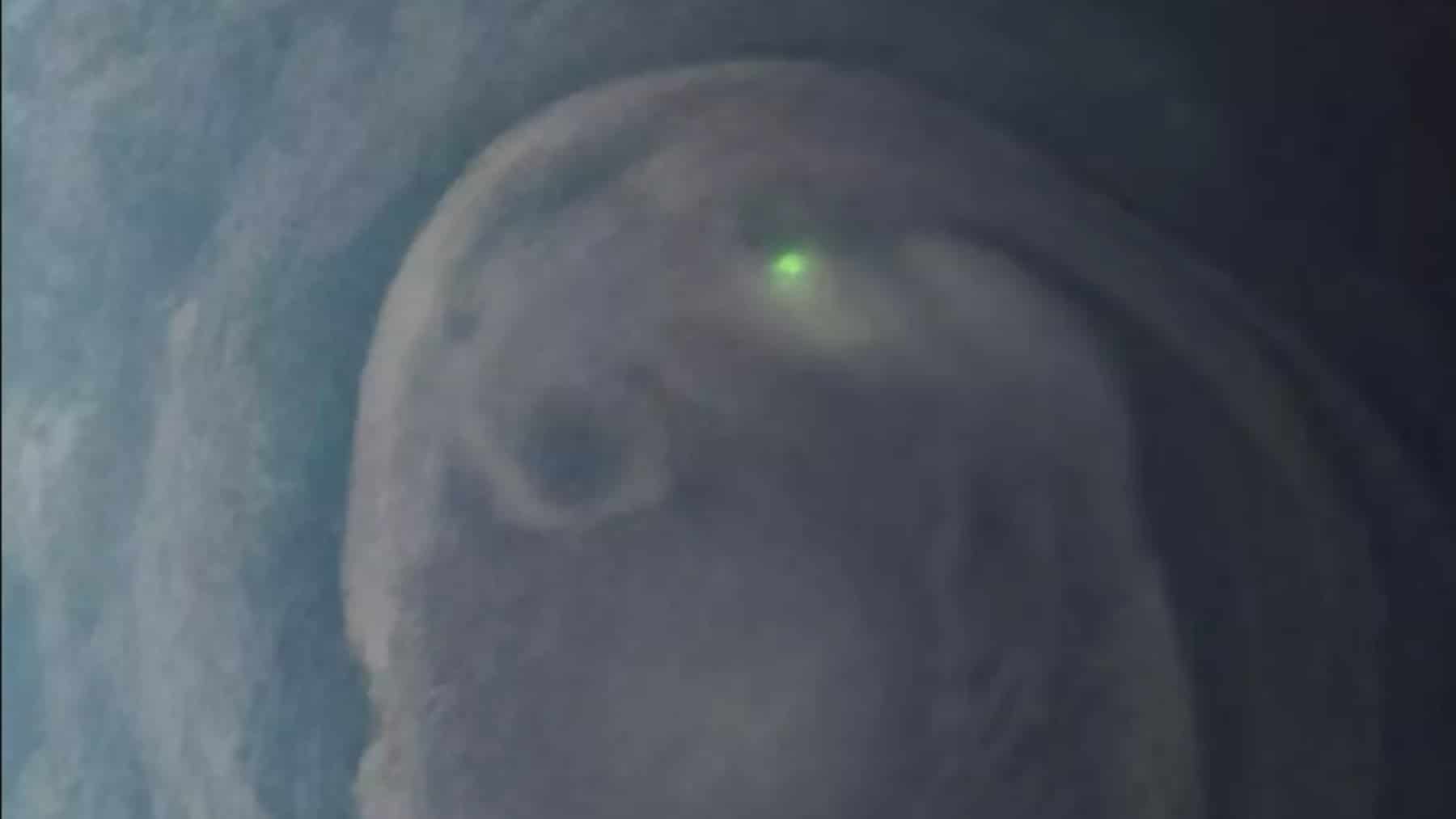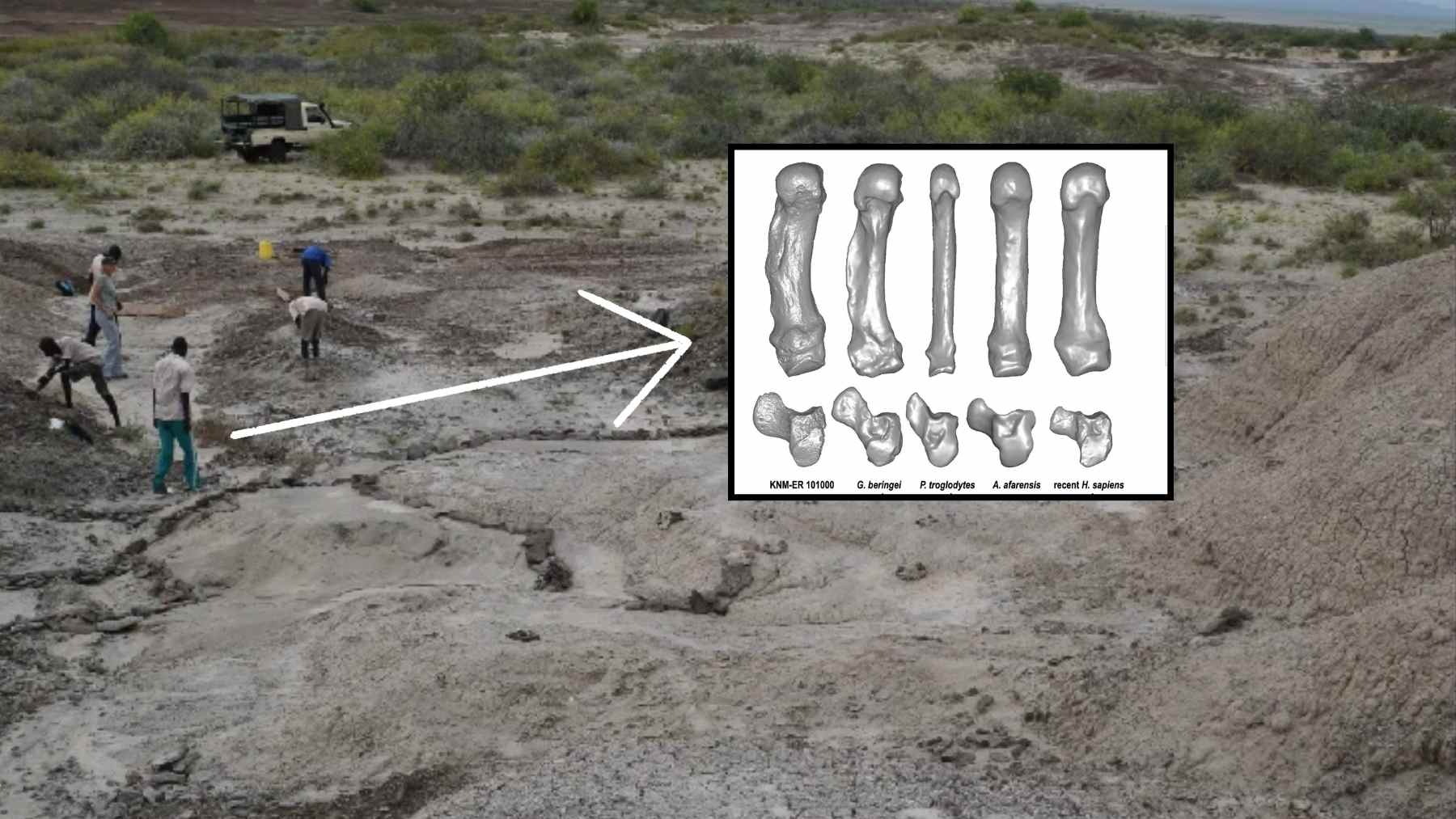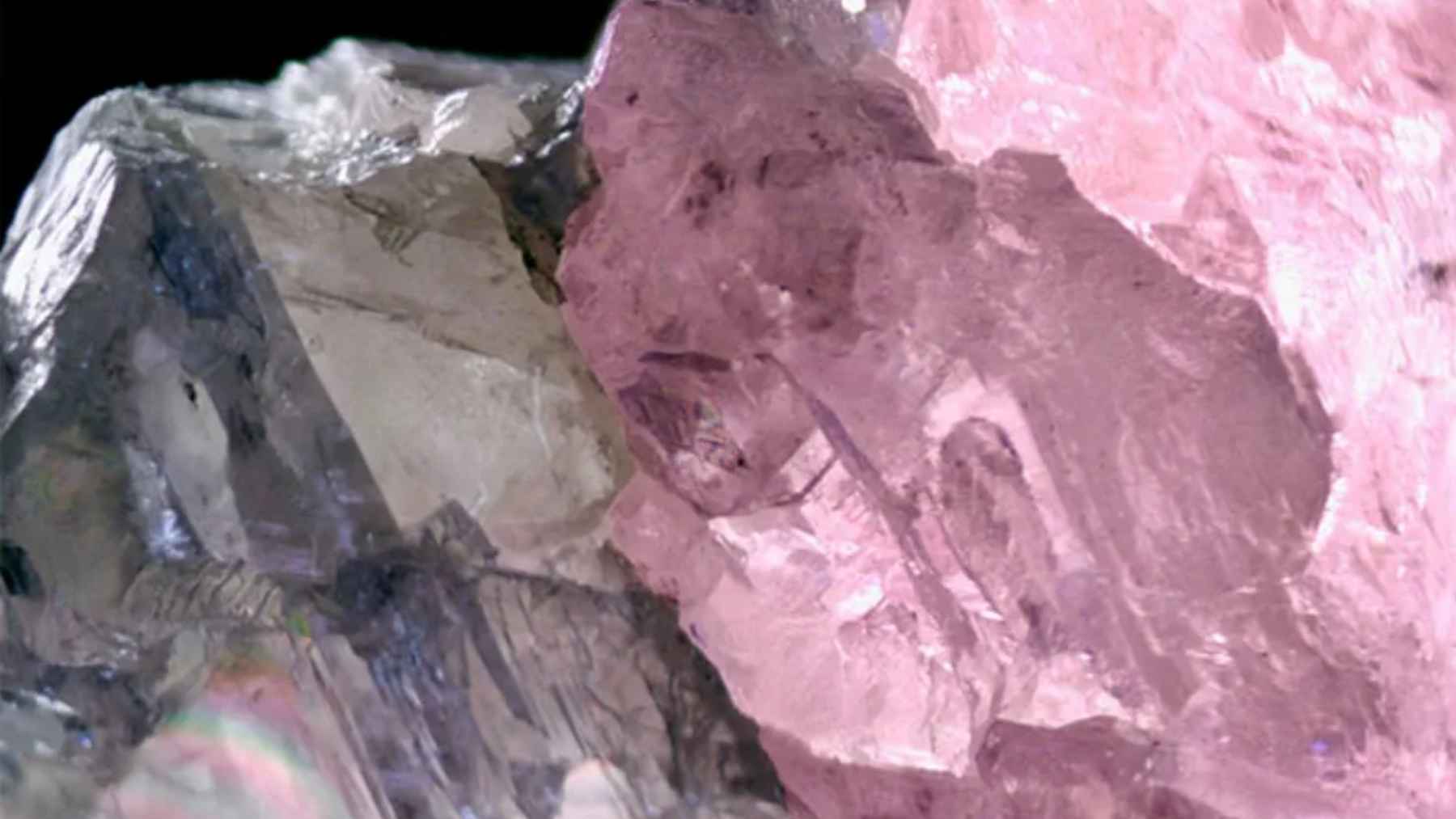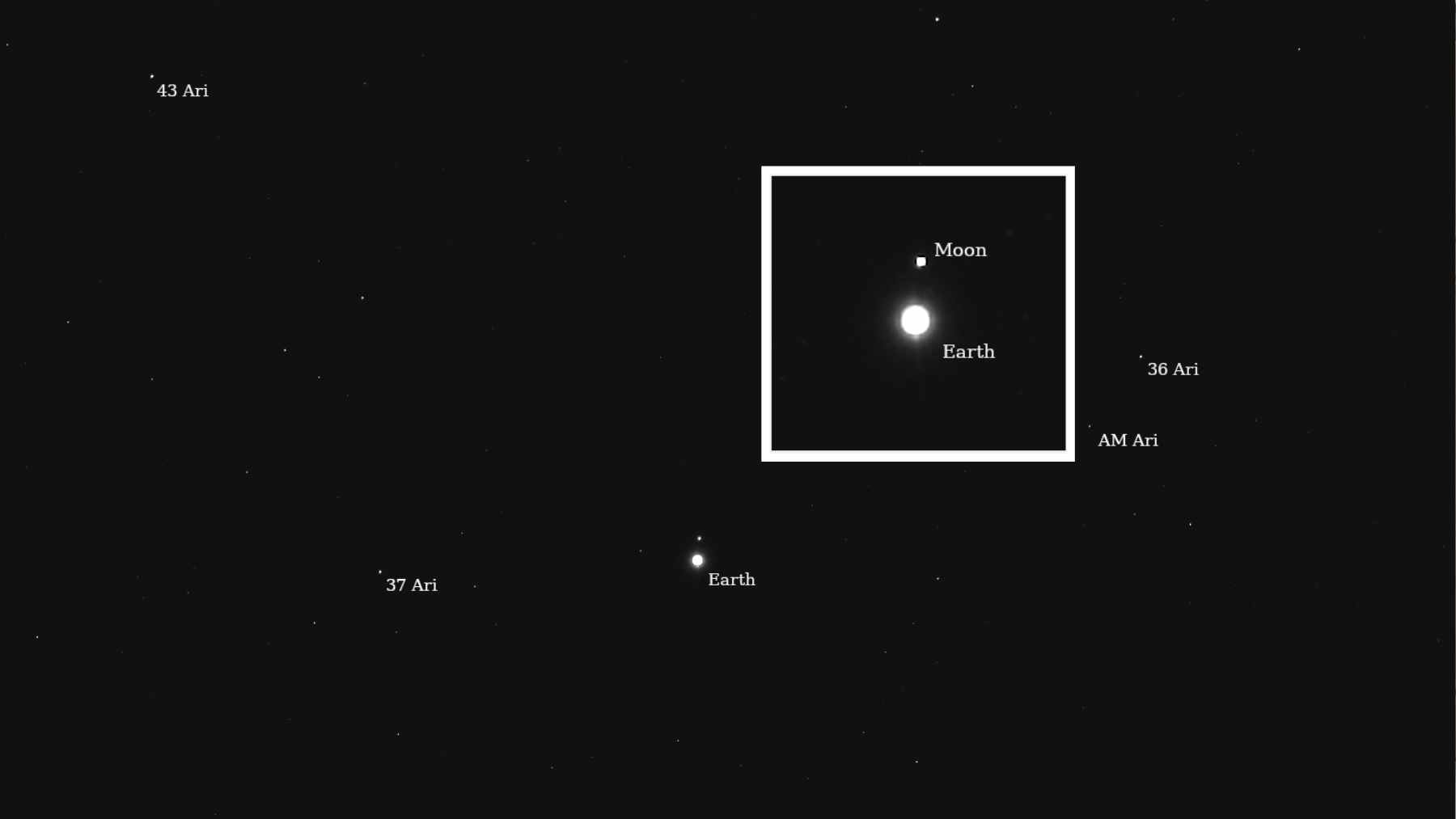Think of a place far away in our solar system, a place so far away that sunlight barely reaches the celestial bodies… can you imagine? Well, it was there that astronomers recently announced the discovery of an object moving at a distance that challenges everything we knew about this type of body. Just to give you an idea, it is something so rare and historic that, to this day, there have been few similar phenomena recorded in the entire history of astronomy.
The celestial body that is breaking records
If we look at the numbers, we will see that this moving object is 2.1 billion kilometers from the Sun, yes, that’s 2,109,000,000 km, equivalent to 14.1 AU. We can say that it is between the orbits of Saturn and Uranus. And, as if the distance alone were not impressive enough, the temperature at which this body finds itself is extreme, but even so, it remains active.
But after all, what body is this that is leaving everyone so shocked? Well, we are talking about a comet. Yes, this body that every time it comes to mind, we think of its luminous tails cutting through the night sky as it approaches the Sun. However, comets normally pass at a distance of between 3 and 5 AU, where solar radiation begins to vaporize the ice on their surfaces, generating the characteristic coma and tail. However, this particular one is very far away and at temperatures far above normal.
What is the name of this celestial body?
And what is the comet that is making this historic discovery possible? C/2025 D1 (Gröller). It is a comet recently identified by Hannes Gröller, an astronomer at the University of Arizona, during his observations with the Catalina Sky Survey (this week we had another confirmation of a target detected by NASA).
It even looked like any other, but it was completely the opposite. This is because most comets only become active when the solar heat is enough to sublimate water ice. However, Comet Gröller never comes closer than 14.1 AU from the Sun, making it an absolute perihelion record for active comets—as a curiosity, the previous record was 11.4 AU.
So far, we have talked about how absurd this distance is, but to give us a more realistic idea, this distance is almost 14 times greater than the distance between the Earth and the Sun, and yet the comet shows unexpected dynamics. What could this mean? Well, perhaps other chemical compounds, more volatile than water, such as carbon monoxide or carbon dioxide, are sublimating and generating this shocking activity.
“From what we can tell, these objects, if they had the same composition as normal comets, definitely shouldn’t be active”, said Sam Deen, an amateur astronomer.
And is this comet unique in all of history?
Not really… but that doesn’t make it any less historic. Comet Gröller is joining a somewhat exclusive group of five ultradistant comets identified to date with signs of activity beyond 20 AU. Astronomers consider these objects to be dynamically new. What does that mean? Well, their orbits have never brought them close to the Sun before, meaning they are potentially frozen, untouched fragments from the early days of the Solar System.
This discovery only reinforces some recent studies that suggest that these comets may contain extremely rare supervolatiles, which, in less technical terms, are materials that no longer exist in the celestial bodies that routinely circulate through the inner Solar System. What we mean is: these objects may contain clues to the original chemistry of the solar nebula, more than 4 billion years ago, and we may be able to better understand how everything worked after the Big Bang.
